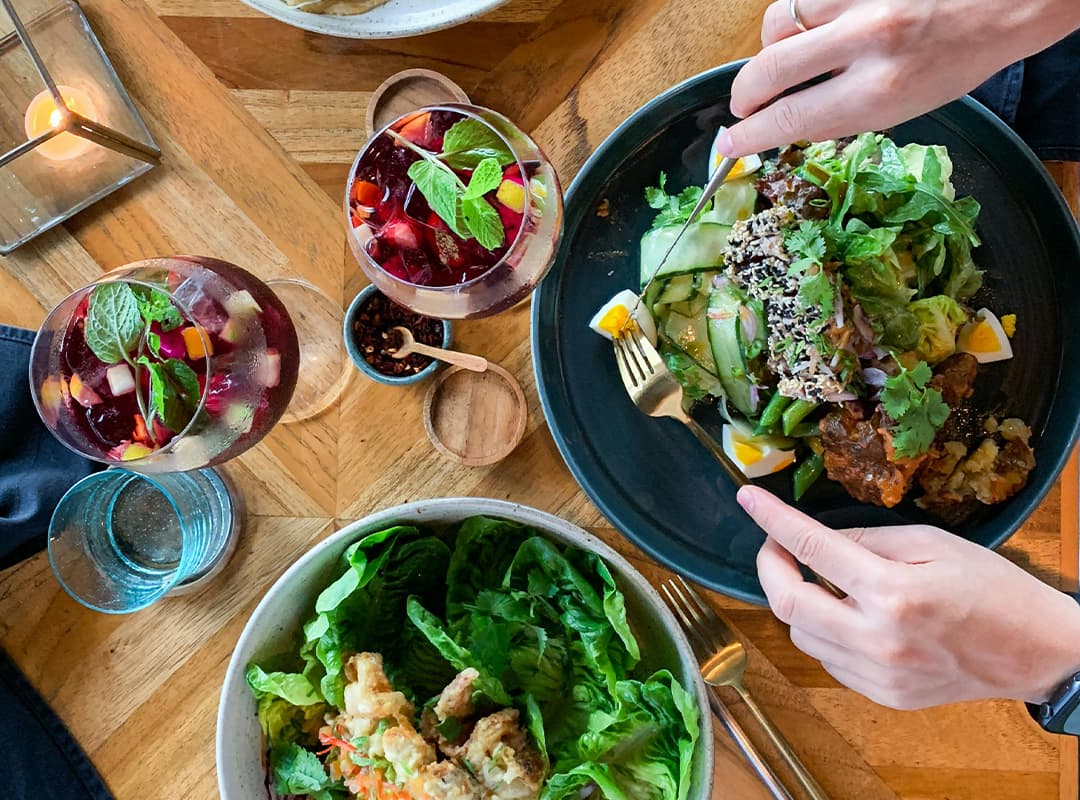Environmental issues exist today and making sustainable choices is crucial. Sustainable eating is one such choice that not only benefits the planet, but also contributes to our well-being. In this in-depth guide, we’ll take a look at sustainable eating and its many benefits, as well as provide ten practical tips that you can incorporate into your lifestyle. Let’s get on the road to a healthier and more sustainable future.
Now that we understand the importance of sustainable eating, let’s look at ten practical tips to help you adopt this approach to eating while maintaining good health.
Prioritize plant-based foods
Make fruits, vegetables, legumes, and whole grain products the foundation of your diet. These plant-based foods are nutritious, environmentally friendly and contain fiber, vitamins and minerals.
Choose local and seasonal produce.
Choose local, seasonal fruits and vegetables. This reduces the carbon emissions associated with long-distance transportation and supports local farmers.
Reduce your meat consumption
Reduce your consumption of red meat and meat products. Replace them with leaner sources of protein such as poultry, fish, or plant-based alternatives such as tofu or tempeh.
Choose sustainable seafood
When eating seafood, choose products from sustainable sources. Look for certifications such as MSC (Marine Stewardship Council) or Seafood. Look for sustainable fish species to make eco-friendly choices.
Minimize food waste
Plan your meals, store food properly and use leftovers creatively. Minimizing food waste not only conserves resources but also saves you money.
Choose organic, non-GMO foods
Whenever possible, choose organic and non-GMO (genetically modified organisms) foods. These choices reduce your exposure to pesticides and support sustainable farming practices.
Support sustainable agriculture
Choose products from companies and farms prioritizing sustainable agriculture and ethical farming practices. Look for certifications such as USDA Organic or Fair Trade.
Reduce single-use plastic
Minimize the use of single-use plastic items such as plastic bottles and bags. Choose reusable containers and water bottles to reduce plastic waste.
Cook at home
Cooking at home allows you to control ingredients and reduce your reliance on processed foods. It’s also a fun way to experiment with eco-friendly recipes.
Educate yourself
Stay up-to-date on organic food practices and their impact. Join online communities, read books and articles, and collaborate with organizations advocating for sustainable food systems.
Regular eating vs. sustainable eating
Let’s compare the transition to sustainable eating versus regular eating habits to better appreciate it.
Regular eating
- Often relies heavily on processed and convenience foods;
- May prioritize taste and convenience over nutritional value;
- Tends to be disconnected from the source of food and its impact on the environment;
- This can contribute to food waste and over-packaging.
Sustainable Nutrition
- Emphasizes whole foods with minimal processing;
- Prioritizes nutrition and health, taking into account environmental and ethical factors;
- Promotes awareness of food origins and production methods;
- Strives to minimize waste and support sustainable food systems
Sustainable eating is not just a dietary choice; it is a lifestyle that benefits individuals and the planet. By making conscious choices that prioritize the environment, ethical treatment of animals, and health, we can contribute to a more sustainable future. These ten sustainable eating tips provide a roadmap for incorporating environmentally conscious choices into your daily life while improving your well-being. As you embark on this journey, remember that small changes can have a significant impact not only on your health, but also on the world we all live in.



